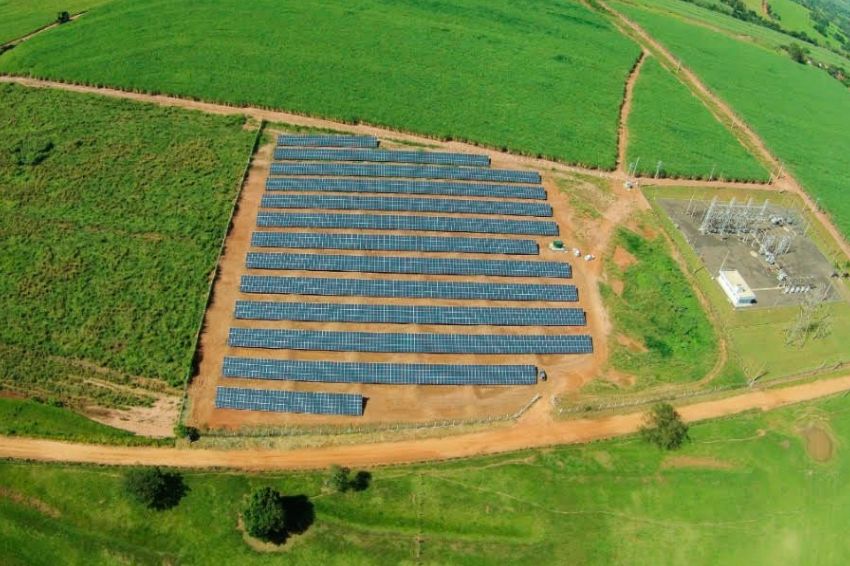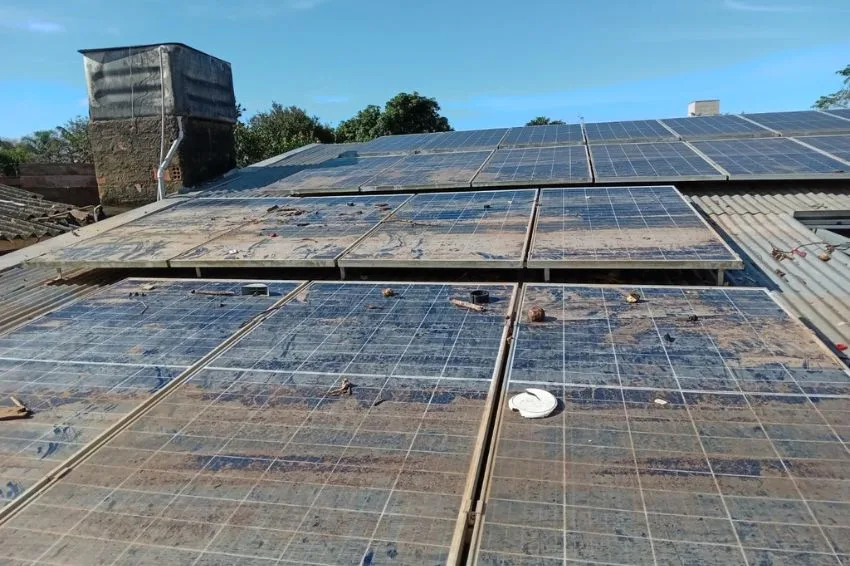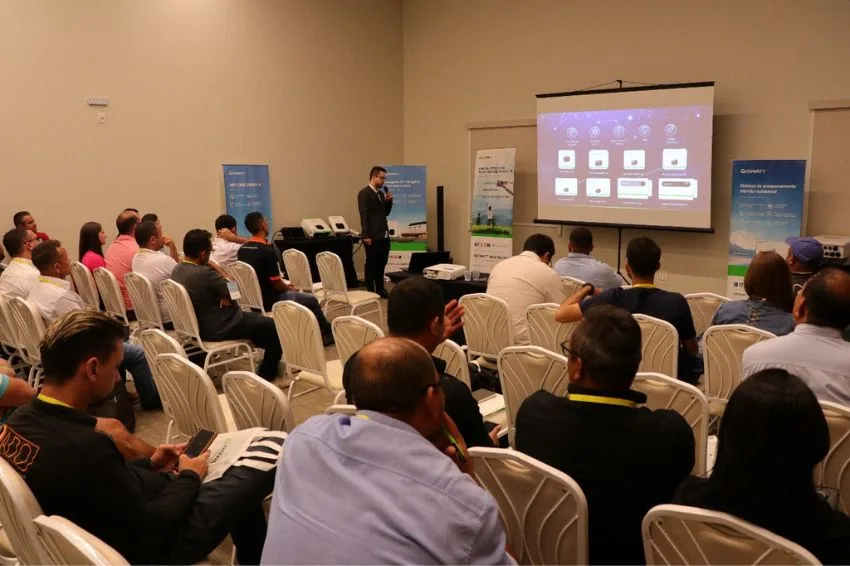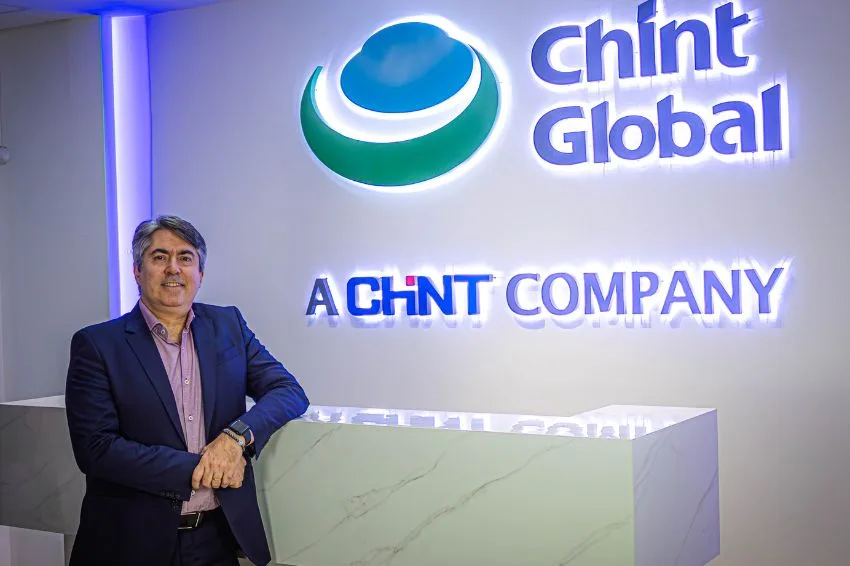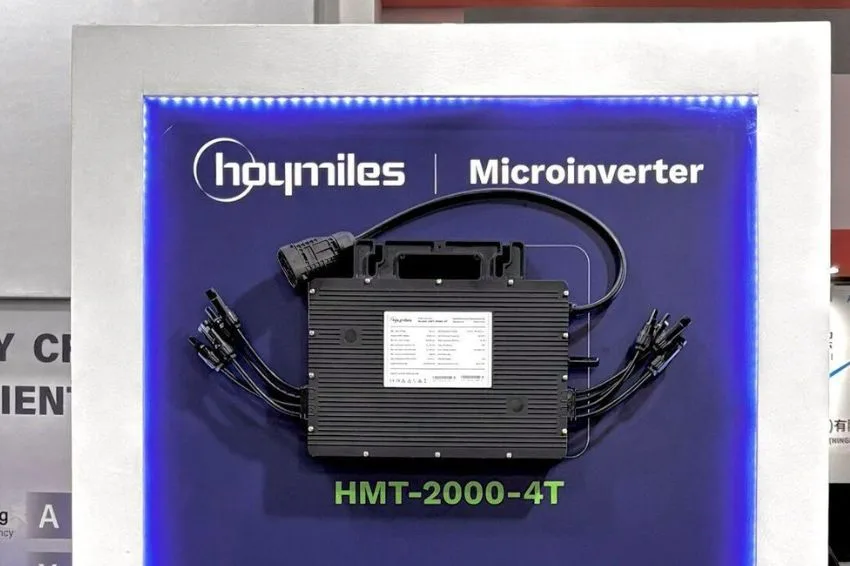The implementation of solar plants in the Remote GD modality, you must move R$ 10 billion in investments over the next two years. This is the estimated amount to enable the construction of 3 GW in the period.
These and other data are part of the newest Remote GD Strategic Study, produced by Greener, a market intelligence company specializing in the photovoltaic sector.
“Although the market is indicating growth, the feasibility and implementation of new projects face significant challenges, with connection to the network and funding being the main barriers. The acceleration in the volume of projects comes up against experienced builders already operating at maximum capacity with works being carried out in parallel, meaning that the hiring of EPCists is also cited as a major obstacle”, wrote Greener in a note.
“Despite the challenges that arise, and which deserve to be studied very carefully, GD Remota is experiencing a moment of acceleration, and the study numbers reveal a positive movement in the market in response to the demand for sustainable energy sources, a reflection of greater consumer awareness about the economic and environmental benefits of photovoltaic solar energy”, assesses Marcio Takata, CEO of Greener.
remote GD
Remote distributed generation occurs when the plant is installed at a different point from the consumption location. This allows energy credits to be offset in several consumer units as long as they are under the same ownership and in the same concession area as the local distributor.
Another type of Remote DG is Shared DG, which is characterized by the gathering of consumers through a consortium, cooperative, civil condominium or any other form of civil association, made up of individuals or legal entities. In this case, different holders are permitted. The main beneficiaries are companies in the retail and service segments.
Since the modality was created in 2015, with the publication of ANEEL Normative Resolution No. 687, around 4.2 GW have already been implemented or are under construction as of September this year, according to Greener research.


